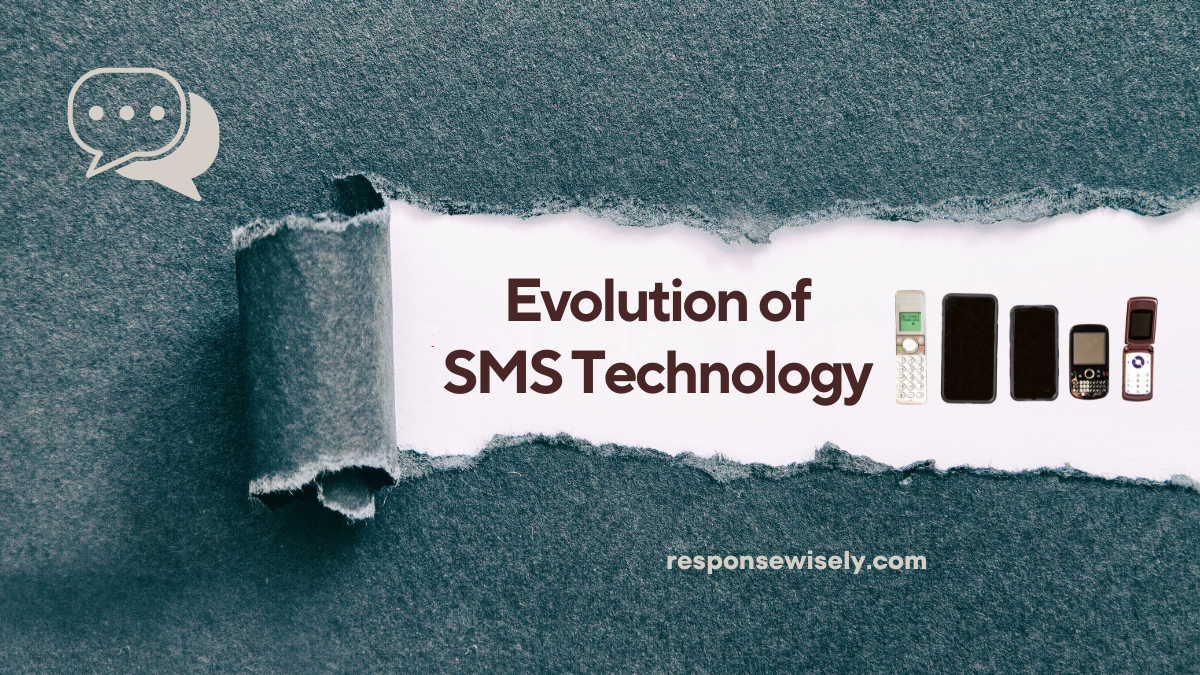In the world of communication, SMS technology has played a pivotal role in shaping how we connect with one another. From its humble beginnings to its widespread use today, the evolution of SMS technology is a fascinating journey filled with innovation and advancements. As someone who has witnessed the transformation firsthand, I am excited to take you on a historical overview of how SMS technology has evolved over the years.
Starting from the early days of simple text messages to the era of multimedia messaging and beyond, SMS technology has come a long way in revolutionizing how we communicate. Join me as we investigate into the key milestones and breakthroughs that have paved the way for the SMS technology we know and rely on today. Get ready to uncover the untold stories and fascinating facts behind the evolution of SMS technology in this captivating historical overview.
Early Beginnings of SMS
The Origins of SMS Technology
In the late 1980s, SMS technology was initially conceived as a way to send short, concise messages between mobile phones. It was a breakthrough idea that laid the foundation for modern-day text messaging.
Development of SMS Standards
As SMS technology gained popularity, standardization became crucial for seamless communication. In the early 1990s, the Global System for Mobile Communications (GSM) set the SMS standard, ensuring compatibility across different devices and networks.
By establishing common guidelines, SMS technology blossomed into the universal communication tool we rely on today.
Rise of Text Messaging
Popularity of SMS in the Late 1990s
In the late 1990s, SMS started gaining immense popularity as a convenient way to communicate through mobile phones. The simplicity and speed of sending short messages resonated with users, leading to a surge in SMS usage.
Integration of SMS in Mobile Phones
The integration of SMS in mobile phones was a game-changer. Manufacturers started including SMS features in their devices, making it a standard function in mobile communication. This pivotal integration solidified SMS as a fundamental tool for personal and business communication.
Advancements in SMS Technology
Introduction of Multimedia Messaging Service (MMS)
Multimedia Messaging Service (MMS) revolutionized text communication by allowing users to send not just text but also multimedia content like images, videos, and audio. This advancement expanded the possibilities of communication via mobile devices, enabling a more engaging and interactive experience. MMS opened up new opportunities for businesses to reach their audiences creatively and for individuals to express themselves beyond simple text messages.
Enhanced Security Features in SMS
The evolution of SMS technology also brought about enhanced security features, making SMS a more trusted medium for sensitive information transmission. The implementation of end-to-end encryption in SMS platforms has significantly bolstered the privacy and confidentiality of messages, appealing to users seeking secure communication channels.
Rich Communication Services (RCS)
Rich Communication Services (RCS) emerged as the next iteration of SMS, offering advanced messaging capabilities such as group chats, read receipts, and file sharing. This evolution in messaging technology aimed to bridge the gap between traditional SMS and feature-rich messaging apps, providing users with a more dynamic and interactive communication experience.
Integration of Chatbots in SMS Platforms
The integration of chatbots in SMS platforms streamlined interactions by enabling automated responses and personalized messaging. Chatbots have enhanced customer service experiences and efficiency in communication, empowering businesses to engage with their audiences effectively through SMS channels.
Future of SMS
Evolution of SMS to Rich Communication Services (RCS)
SMS technology has come a long way from its humble beginnings. The evolution to Rich Communication Services (RCS) represents a significant shift in the messaging world. RCS offers a host of features beyond traditional SMS, including group chats and file sharing options. This advancement provides users with a more interactive and dynamic messaging experience.
Key Takeaways
- SMS technology has evolved significantly from simple text messaging to multimedia messaging services, enhancing communication capabilities.
- Standardization through the Global System for Mobile Communications (GSM) played a vital role in shaping SMS technology into a universal communication tool.
- The integration of SMS in mobile phones led to its widespread popularity, making it a fundamental tool for personal and business communication.
- Advancements like Multimedia Messaging Service (MMS), enhanced security features, Rich Communication Services (RCS), and chatbot integration have transformed SMS into a more dynamic and interactive communication medium.
- The future of SMS lies in Rich Communication Services (RCS), offering advanced features like group chats and file sharing for a more engaging messaging experience.
Conclusion
The evolution of SMS technology into Rich Communication Services (RCS) signifies a significant advancement in the area of messaging. With features such as group chats and file sharing, RCS has transformed traditional SMS into a more engaging and interactive platform. As we look towards the future, the possibilities for further innovation in messaging technology are endless. SMS has come a long way from its humble beginnings, and its evolution into RCS marks a new era in communication. Stay tuned for more exciting developments in the world of messaging technology.
Frequently Asked Questions
What is RCS technology?
RCS stands for Rich Communication Services. It is an advanced messaging protocol that enhances traditional SMS with features like group chats, file sharing, high-resolution images, and read receipts.
How does RCS differ from SMS?
RCS offers a more interactive and dynamic messaging experience compared to SMS. It supports features like group messaging, real-time typing indicators, read receipts, and the ability to send large files or high-resolution images.
Why is RCS considered the future of messaging technology?
RCS is seen as the future of messaging due to its ability to provide a more engaging user experience with advanced features. It bridges the gap between traditional SMS and popular messaging apps by offering a wide range of functions.
What are the benefits of using RCS over traditional SMS?
Using RCS over SMS allows users to enjoy enhanced functionalities such as group chats, read receipts, high-quality media sharing, and overall richer communication experience. RCS brings messaging closer to the capabilities of popular messaging apps.

